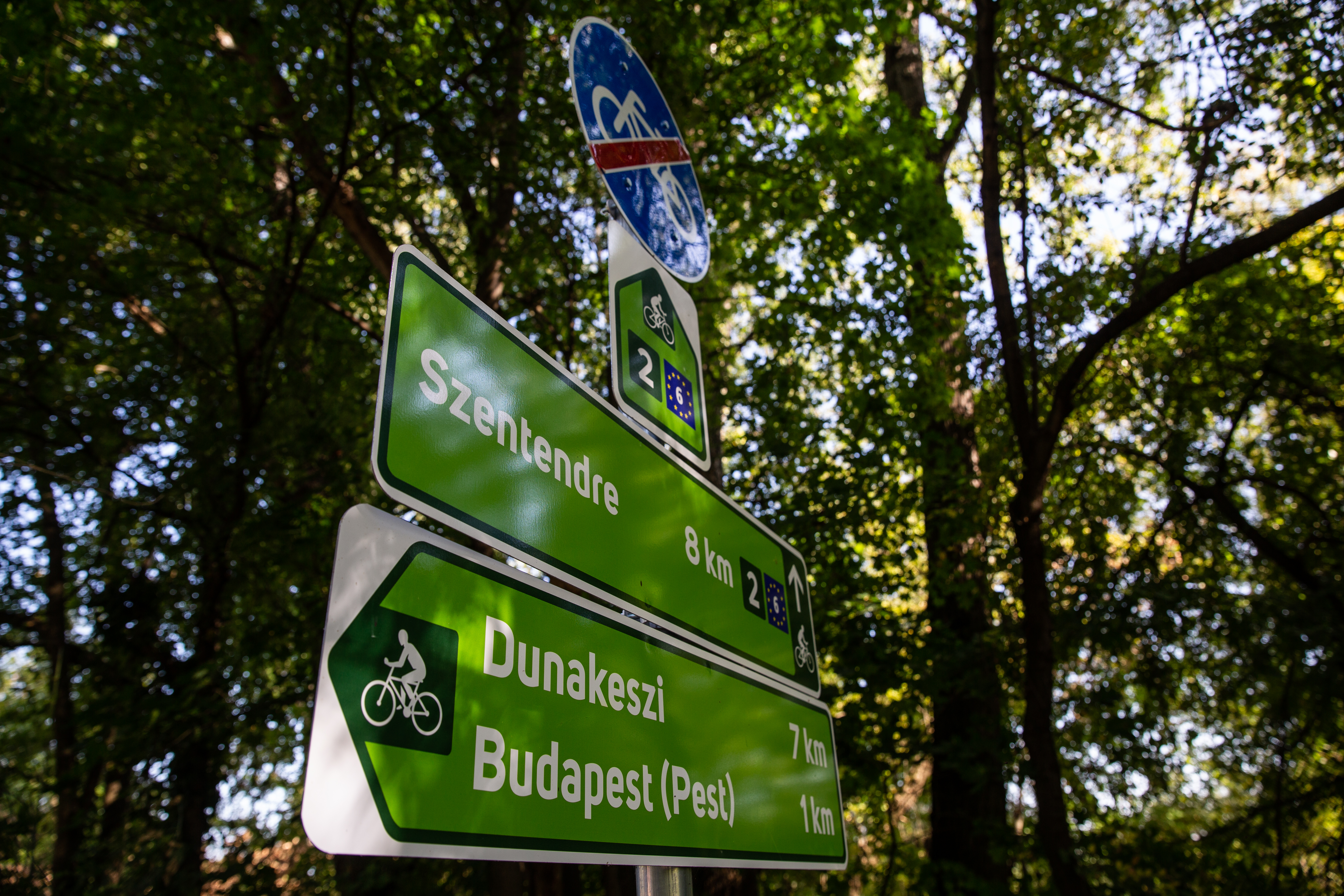There are two ways to reach Szentendre from Budapest. The less attractive solution leads along main road 11, straight, boring, predictable and fast. It is no coincidence that cyclists have always preferred the other route. This mostly runs along the banks of the Danube, touching the Római-part, before a longer stretch of the embankment, followed by a romantic adventure in the floodplain forest.
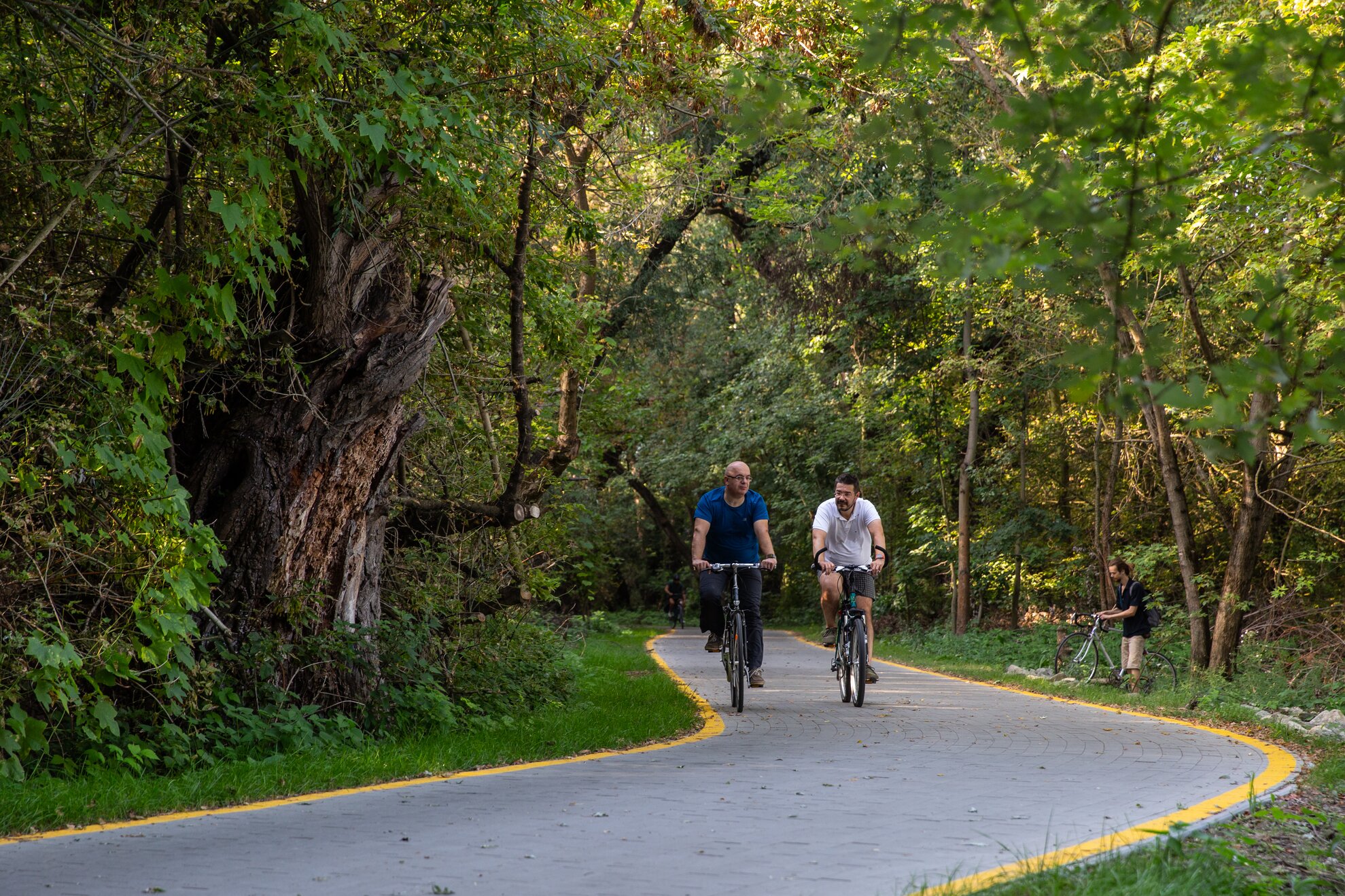
Before this summer, this was then followed by a long, grim section, where you either pushed your bike up the road step by step, but even then your feet would find potholes before another wooded, often muddy and bumpy section, had to be tackled. Then there was the part just before Szentendre… Once you arrived, selective memory allowed you only to remember the nice part of the journey – and decide on taking Route 11 back.
This scenario, however, finally changed this summer. The section north of the Római-part has been revamped and the most problematic parts have been completely renovated.
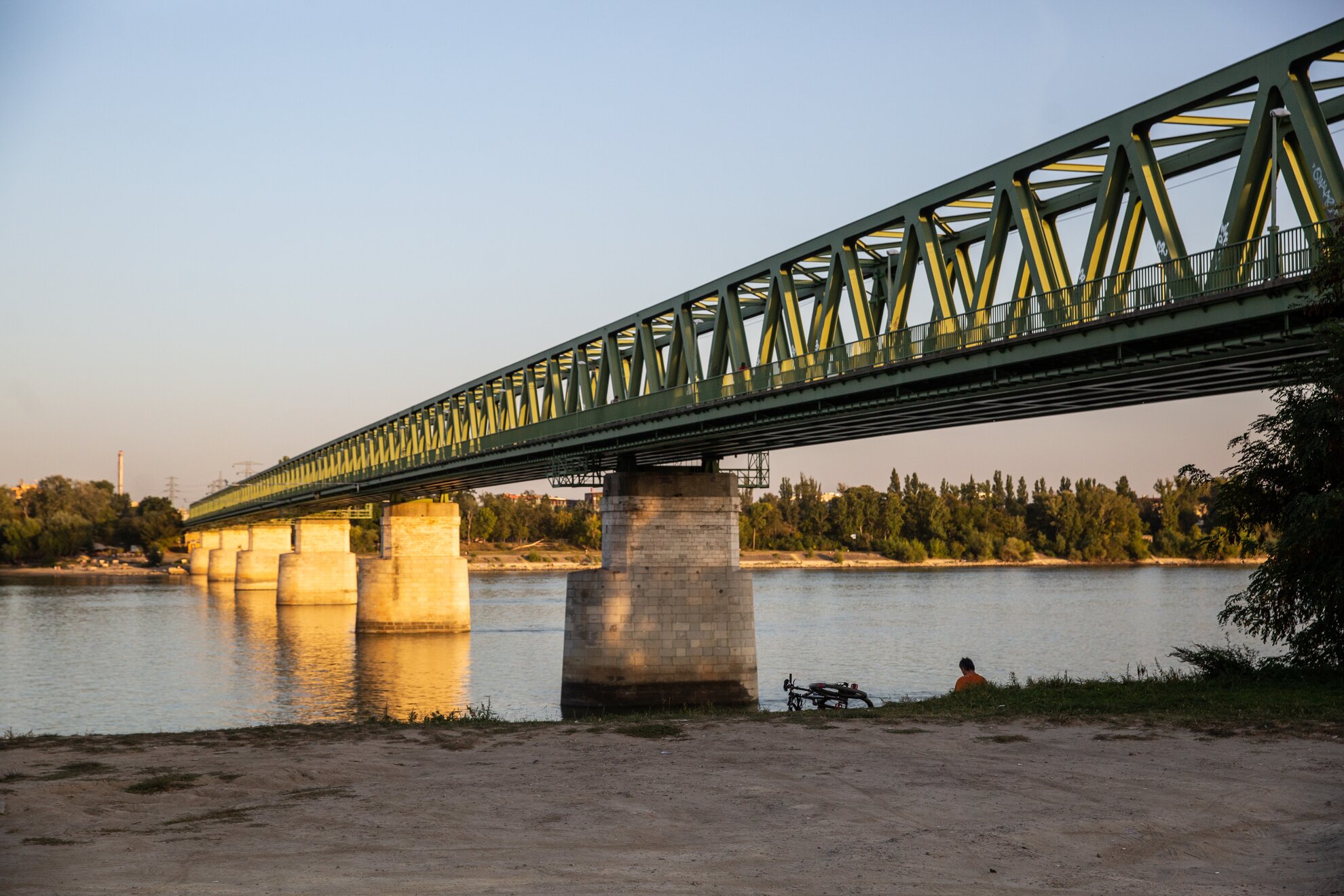
But we’re getting ahead of ourselves. Starting in Buda, at Batthyány tér across the river from Parliament, you set off for Margaret Bridge and Szépvölgyi út parallel to the Danube. After the pedestrian overpass, you can pedal over to Szentlélek tér and the main square in Óbuda with its statues of people holding umbrellas on the cobblestones. Then comes Filatorigát and the nearby site of the Sziget festival, through Graphisoft Park to the Újpest railway bridge, giving access to those joining from Pest.
If you are coming from that side of the river, bear in mind that there’s plenty of construction going on around the Marina residential park after you pass the Duna Aréna.
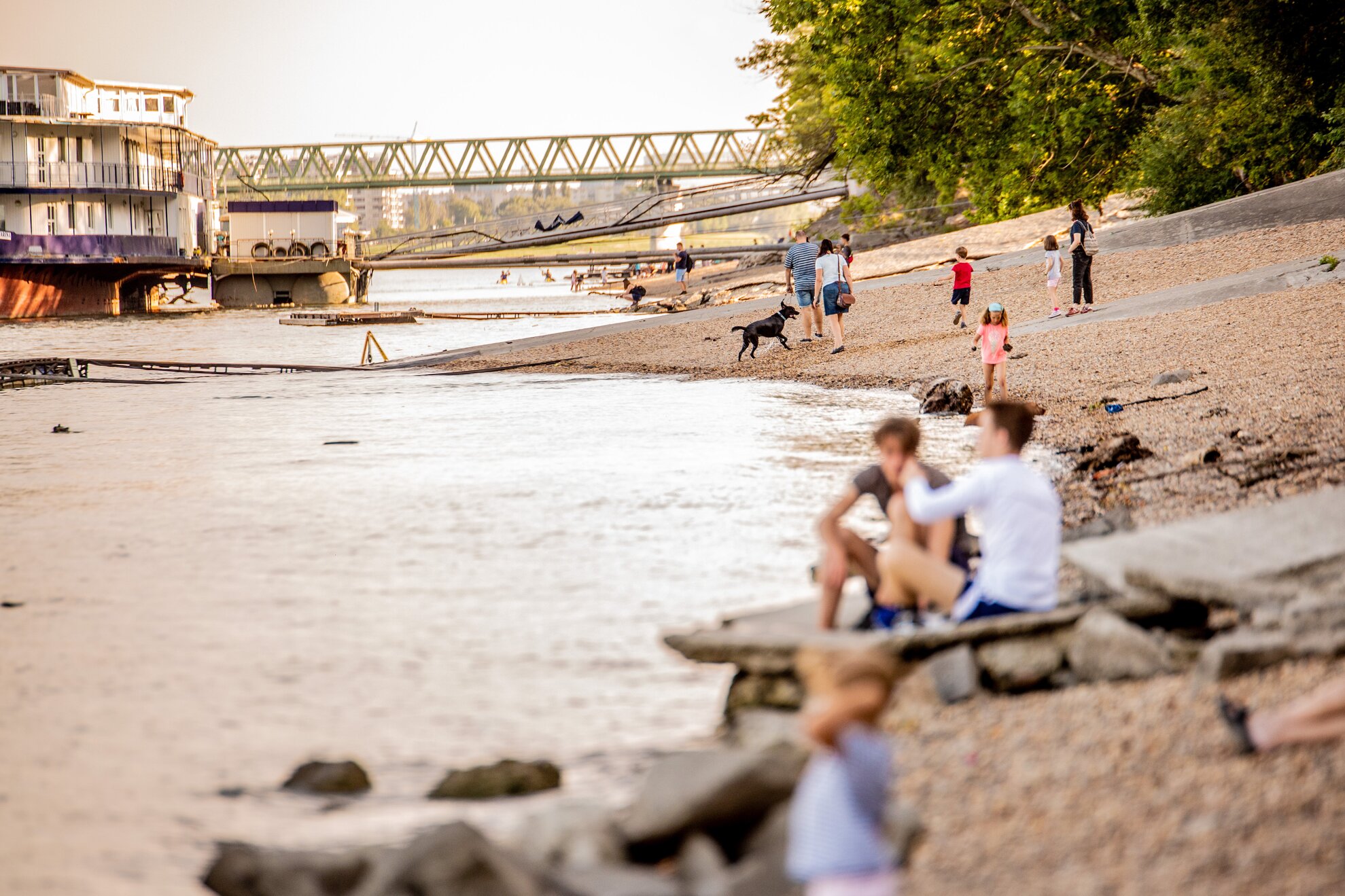
After the railway bridges comes the Római-part, a tranquil embankment lined with alfresco eateries, but still pretty tricky from the cyclist’s point of view, the thoroughfare gravelly, bumpy, fragmented, and sometimes busy with pedestrians. After Római, however, the road to Szentendre is a doddle. The floodplain is paved, partly because of the proximity of the water and partly because it would not have had a good effect on the environment if they covered it in asphalt.
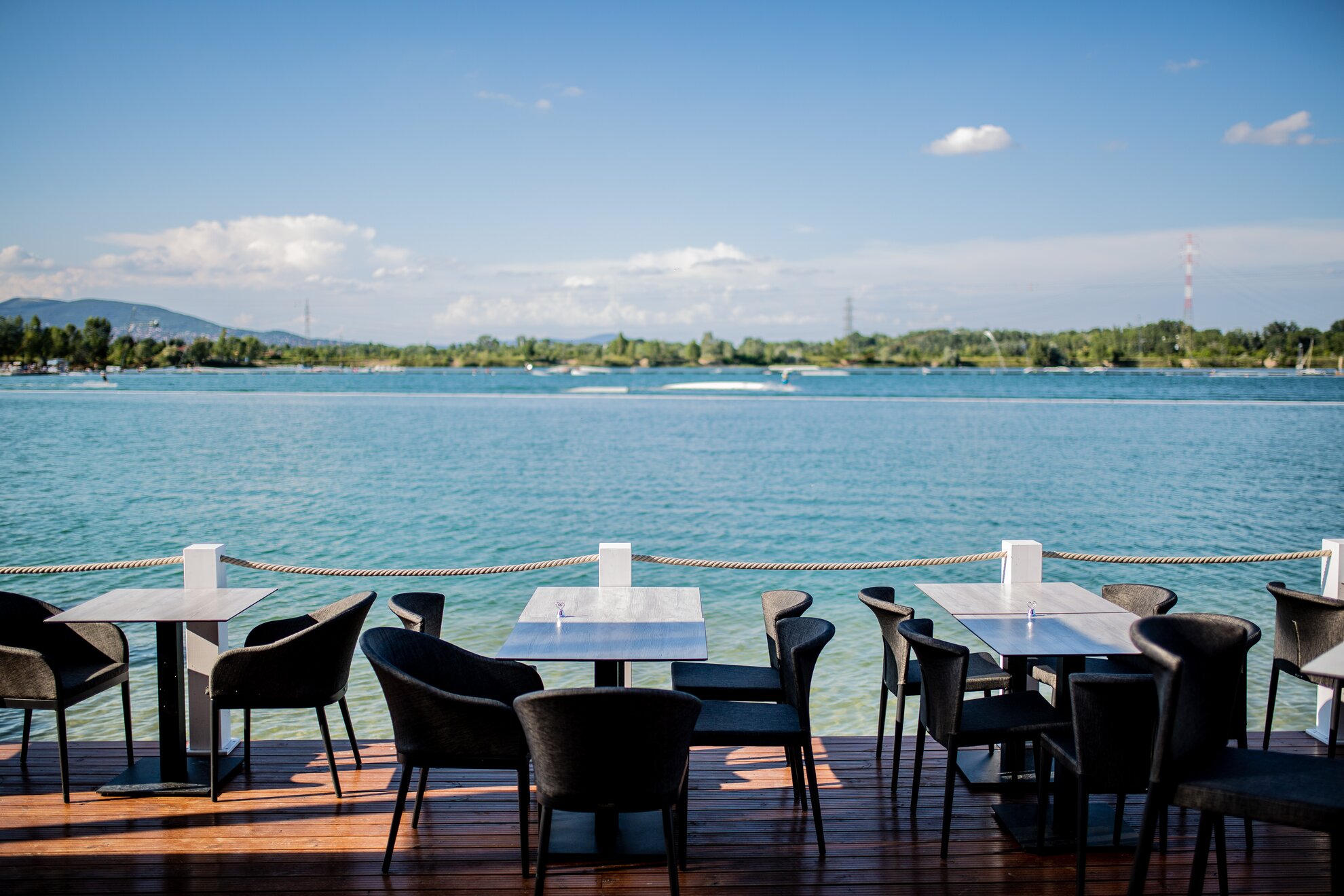
A new section then follows, which avoids the rough terrain towards Lake Lupa. On the way, a rest area has even been set up with benches, sunshades and bike racks. After Lupa, reaching the edge of Szentendre, a U-shaped section – which wasn’t in great condition – can be avoided because a new metal bridge has been placed over the Dera stream, and as soon as you cross it, you’re in Szentendre, with the town centre and the riverside promenade close at hand.
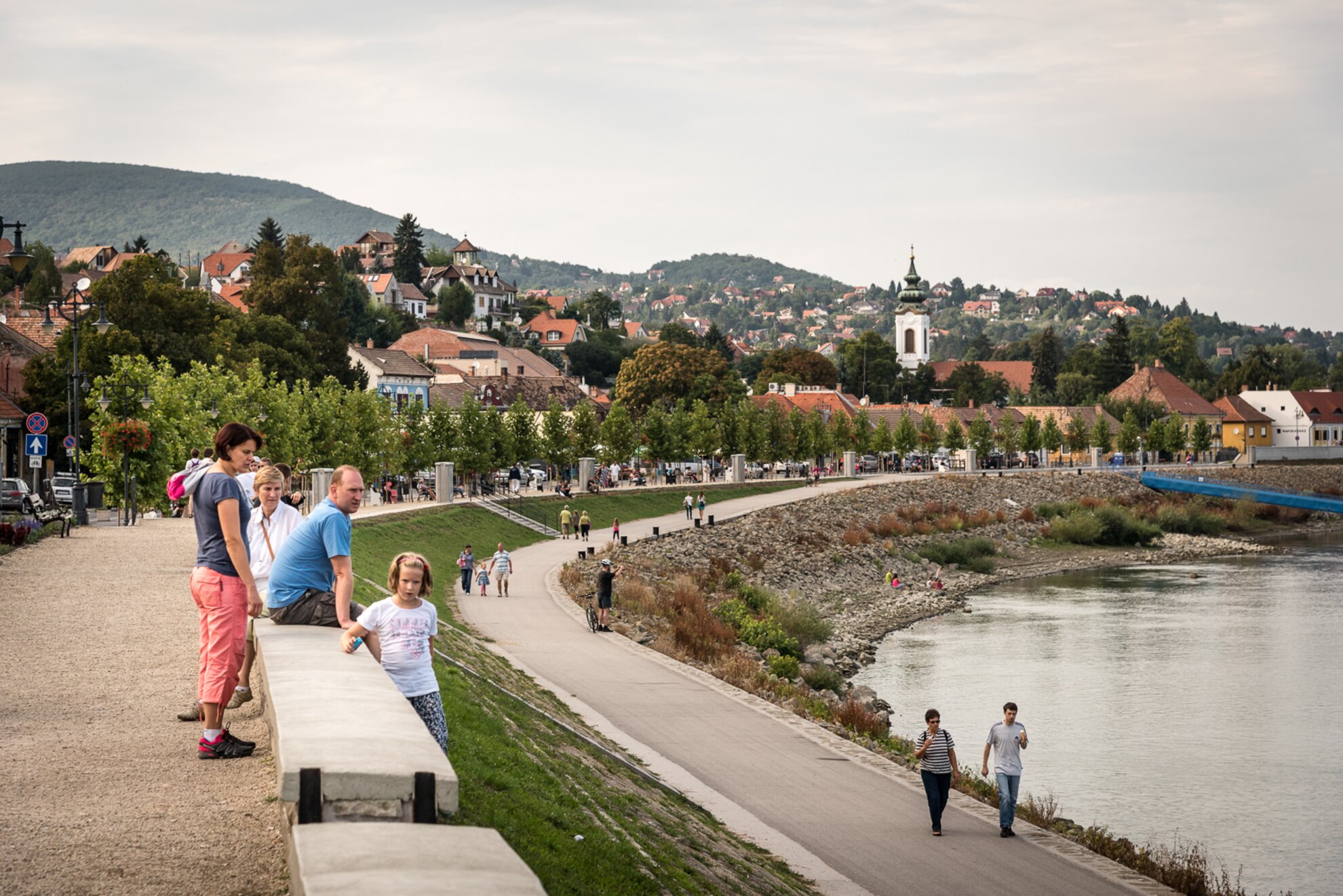
The renovation of the cycle route to Szentendre is an inspired move – a fact not lost on the numerous cyclists who were also enjoying the ride on the sunny September day we set off. With little exaggeration, it was almost like a summer weekend at Lake Balaton. Experienced athletes, groups of friends, families, children, anyone who loves cycling were out for the day – and are sure to be coming this way again.
